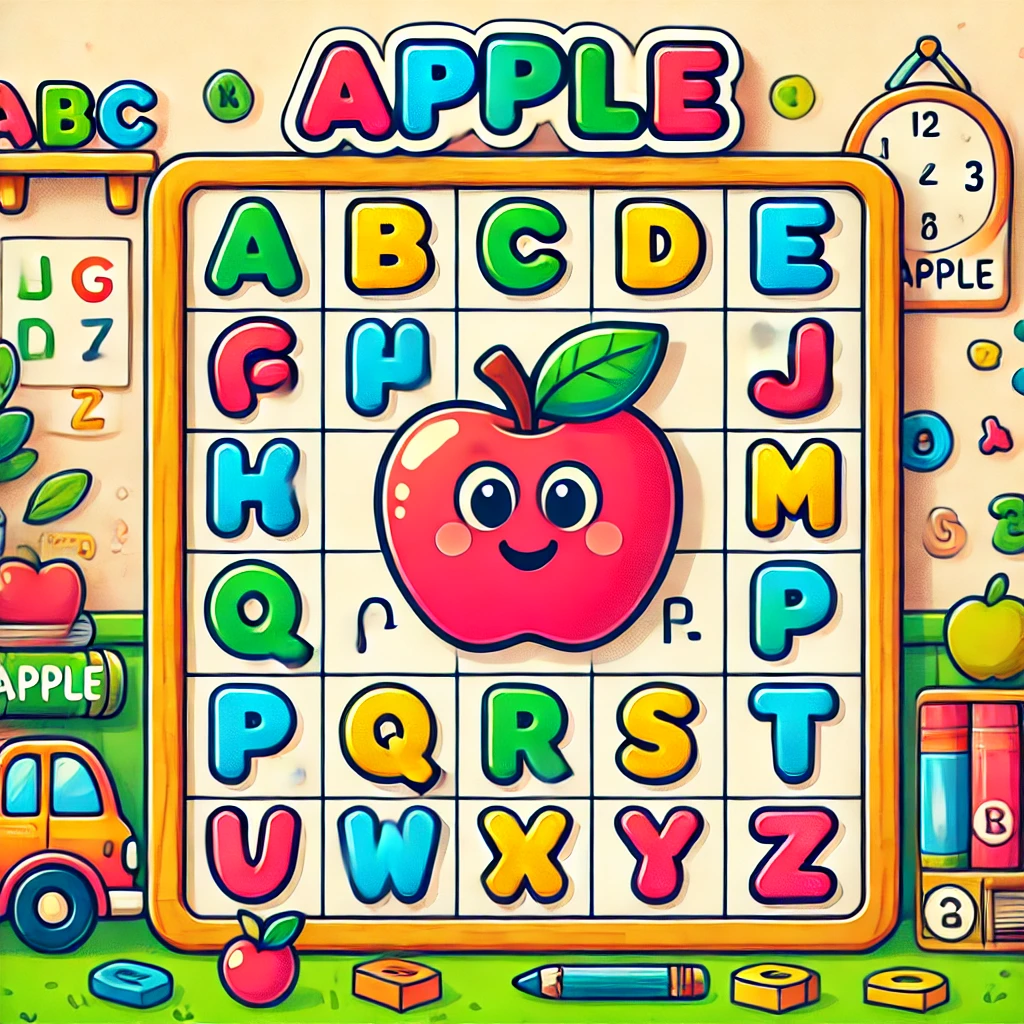Fun for kids, learning games
50 fun activities for kids
Children between the ages of 3 and 5 can learn in many different ways. This is a crucial age for their mind development, allowing them to absorb and learn a lot. We can keep our children engaged in learning activities at home; it is not necessary to enroll them in a Montessori school. If you observe young children, they tend to repeat whatever they see their parents doing at home. Therefore, it is best to involve them in positive activities and learning experiences with us.
Learn with Riddel game
Riddles are a game that can help children learn a lot. If a child is between the ages of 4 and 5, you can play a spelling riddle with them. For example, in the name of a fruit like “apple,” remove two letters and let the child guess the correct spelling. If the child answers correctly, encourage them by saying “Good boy!” and then ask about more fruit or vegetable names. This will improve their vocabulary and increase their knowledge.
How Gardening can cultivate your child
Teach your child how to plant and take care of plants. Take them to the garden and show them how to water the plants properly. Explain how to remove extra fallen leaves and discard them. This will help them learn how to manage and care for plants effectively.
5Top tips to keep reading at home
1, Waking Up to a Surprise
Fun for kids, learning games, 50 fun activities for kids
Children love surprises, and if you give them a surprise first thing in the morning while they are still in bed, they will love it even more. After waking them up and helping them freshen up, tell them about their surprise—book reading! While they have breakfast, read a book aloud to them. This will increase their interest in books. As they grow older and reach the age where they can read on their own, they will develop the habit of reading an informative book along with their breakfast.
2, bad time to reding habbit
After putting the baby to bed, make it a habit to tell them a story at an early age. Once they develop the habit of listening to something before sleeping, start telling them informative or religious stories to enhance their knowledge. When they reach the age where they can read books on their own, they will naturally establish a bedtime reading routine.
3, Take it is turn
Children love reading in a way where one or two pages are read by you, and then they continue from where you left off. After that, the mother takes her turn again. This way, kids eagerly wait for their turn, and both enjoy the process. It almost becomes a game for them.
4. Make a reading den
When school is off and the kids are free, gather them with their friends. Collect all the pillows and cushions and spread them out in the lounge. Ask one child to start reading while the others listen carefully. Afterward, ask one or two questions, like “When did this happen?” or “Why did that happen?” This helps sharpen their minds. Then, let another child read and follow with more questions. After this game, offer some refreshments to make it more enjoyable. This way, children can have entertainment at home while also learning.
5. Switch it up
Some children are not interested in reading and try to hide books from others, fearing that if someone sees them, they might ask them to read. To avoid reading, they go to great lengths. It is a mother’s responsibility to motivate such children. Start by introducing them to storybooks first, then gradually move on to syllabus books and other reading materials. Slowly, they will begin to take interest in reading.




